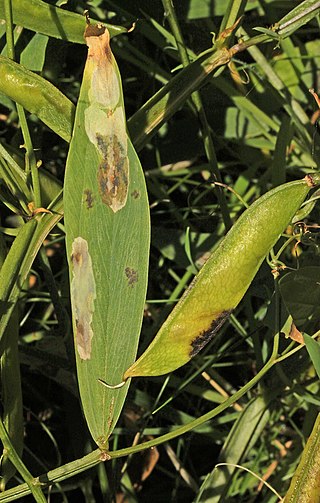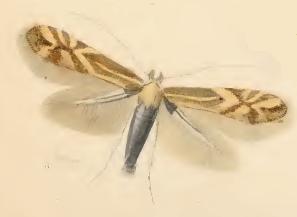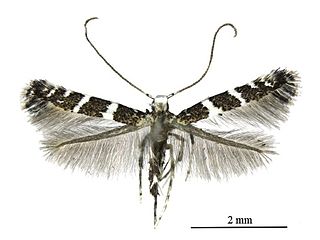
Krasnoyarsk is the largest city and administrative center of Krasnoyarsk Krai, Russia. It is situated along the Yenisey River, and is the second-largest city in Siberia after Novosibirsk, with a population of over 1.1 million. Krasnoyarsk is an important junction of the renowned Trans-Siberian Railway, and is one of the largest producers of aluminium in the country. The city is known for its natural landscape; author Anton Chekhov judged Krasnoyarsk to be the most beautiful city in Siberia. The Stolby Nature Sanctuary is located 10 km south of the city. Krasnoyarsk is a major educational centre in Siberia, and hosts the Siberian Federal University. In 2019, Krasnoyarsk was the host city of the 2019 Winter Universiade, the third hosted in Russia.

Krasnoyarsk Krai is a federal subject of Russia located in Siberia. Its administrative center is the city of Krasnoyarsk, the third-largest city in Siberia, after Novosibirsk and Omsk. Comprising half of the Siberian Federal District, Krasnoyarsk Krai is the largest krai in Russia, the second-largest federal subject in the country after neighboring Sakha, and the third-largest country subdivision by area in the world. The krai covers an area of 2,366,797 square kilometers (913,825 sq mi), constituting roughly 13% of Russia's total area. Krasnoyarsk Krai has a population of 2,856,971 as of the 2021 Census.

Callistege mi, the Mother Shipton moth, is a moth of the family Erebidae. It was classified by Carl Alexander Clerck in 1759, and is also known under the name of Euclidia mi. In Finnish it is known as piirtoyökkönen and in German as Scheck-Tageule.

Discolampa ethion, the banded blue Pierrot, is a contrastingly marked butterfly found in South Asia that belongs to the blues or family Lycaenidae. The species was first described by John O. Westwood in 1851.

Castalius rosimon, the common Pierrot, is a small butterfly found in India that belongs to the lycaenids, or blues family.

Apporasa is a genus of butterflies in the family Lycaenidae, the blues. The genus is monotypic containing only Apporasa atkinsoni, the crenulate oakblue. It is found in the Indomalayan realm.

Polyommatus amandus, the Amanda's blue, is a butterfly of the family Lycaenidae. It is found in the Palearctic realm.

Leucoptera lathyrifoliella is a moth in the Lyonetiidae family. It is found in Finland, Germany and England.

Phyllonorycter roboris is a moth of the family Gracillariidae. It is found in all of Europe.

Phyllonorycter cerasicolella is a moth of the family Gracillariidae. It is known from all of Europe, except northern Scandinavia.

Phyllonorycter hilarella is a moth of the family Gracillariidae. It is found in all of Europe, except the Balkan Peninsula and the Mediterranean Islands.

Phyllonorycter insignitella is a moth of the family Gracillariidae. It is found in all of Europe, except the Balkan Peninsula.

Phyllonorycter nigrescentella is a moth of the family Gracillariidae. It is known from all of Europe except the Balkan Peninsula.

Phyllonorycter salictella is a moth of the family Gracillariidae. It is known from all of Europe, east to Russia and Japan.

Micrurapteryx occulta is a moth of the family Gracillariidae. It is recorded from across North America in the northern half of the continent, in Canada from the Maritime Provinces to British Columbia, north to northernmost Yukon. In the United States it has been found in Connecticut, Kentucky, Illinois, Colorado, Utah, Nevada, and California. The habitat consists of meadows, the edge of forests, open ponderosa pine forests, alpine meadows, the sea shore, and probably other habitats, from sea level to high elevations in the mountains, where suitable hosts occur.

Telamoptilia grewiae is a moth of the family Gracillariidae. It is found in China (Tianjin).
Monochroa robusta is a moth of the family Gelechiidae. It was described by Annette Frances Braun in 1921. It is found in North America, where it has been recorded from Ohio and South Carolina.

Micrurapteryx caraganella is a moth of the family Gracillariidae. It is found in Siberia, and possibly Tajikistan and the Russian Far East.

Trachusa byssina is a species of bees within the genus Trachusa.

Chebaki is a village in the Shirinsky District of Khakassia, Russian Federation.


















